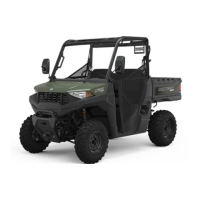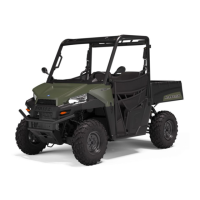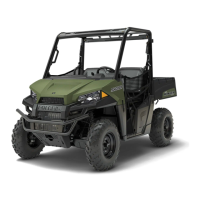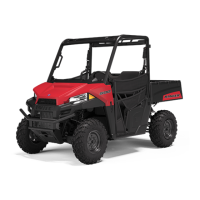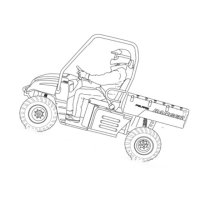
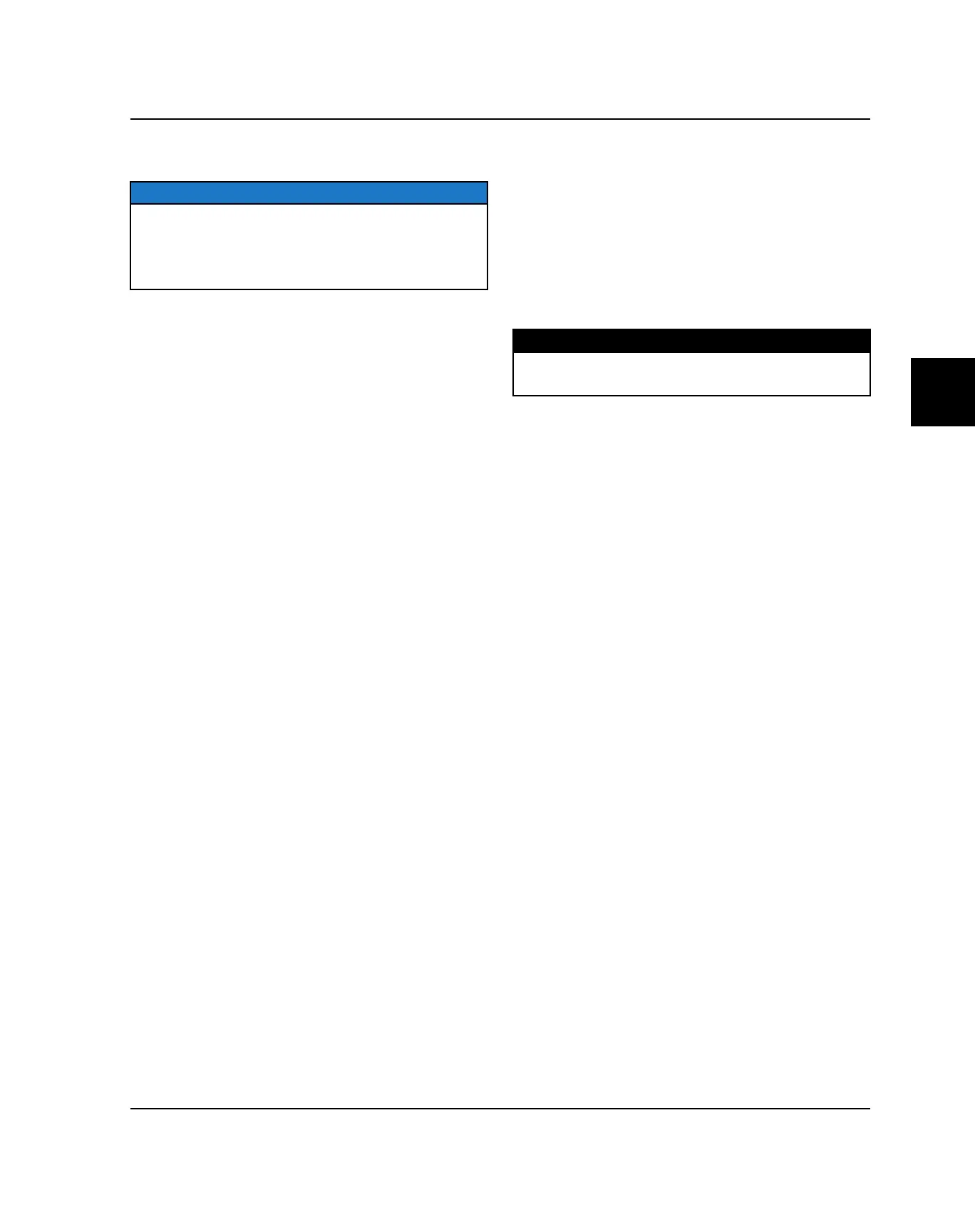
Do you have a question about the Polaris RANGER 570 2020 and is the answer not in the manual?
| Brand | Polaris |
|---|---|
| Model | RANGER 570 2020 |
| Category | Offroad Vehicle |
| Language | English |
Explains signal words (DANGER, WARNING, CAUTION, NOTICE, IMPORTANT) and their meanings.
Comprehensive table of torque values for various components.
Provides detailed specifications for various RANGER models.
Overview of general diagnostics and guided symptom diagnostic procedures.
Procedure for checking and maintaining engine oil level.
Details battery maintenance, testing, and spark plug service.
Details oil capacity, filter wrench, oil type, and pressure specifications.
Procedure for testing engine oil pressure.
Provides detailed engine specifications for camshaft, cylinder head, and cylinder.
Step-by-step instructions for removing the engine assembly.
Overview of the cooling system, specifications, and pressure testing.
Details specifications for piston, rings, connecting rod, crankshaft, and balance shaft.
Overview of the ECU's function, operation, and service.
Procedure for replacing the ECU with essential data transfer.
Overview, testing, replacement, and learn procedure for the ETC.
Overview, testing, and replacement of the crankshaft position sensor.
Explains the EFI system's role in engine performance and emissions.
Covers lean mixture, rich mixture, and poor idle conditions.
Explains PVT system operation, including clutching and drive belt.
Procedures for diagnosing PVT overheating issues.
Step-by-step instructions for disassembling the PVT system.
Procedures for assembling the PVT system components.
Covers drive belt removal, inspection, and installation.
Details drive clutch assembly view, disassembly, and inspection.
Details driven clutch assembly view, disassembly, and inspection.
Troubleshooting guide for common PVT system issues.
Procedures for transmission removal and installation.
Details differential operation and internal transmission service.
Checklist for diagnosing shifting difficulties.
Explains the operation of the front gearcase in 2x4, 4x4, and ADC modes.
Steps for removing the power steering unit.
Procedure for installing the power steering unit.
Steps for removing and installing the steering rack on EPS models.
Steps for bleeding the brakes and changing the fluid.
Troubleshooting guide for brake noise and poor performance.
Procedure to display diagnostic trouble codes (DTCs).
Troubleshooting for starter motor issues and starter drive replacement.

